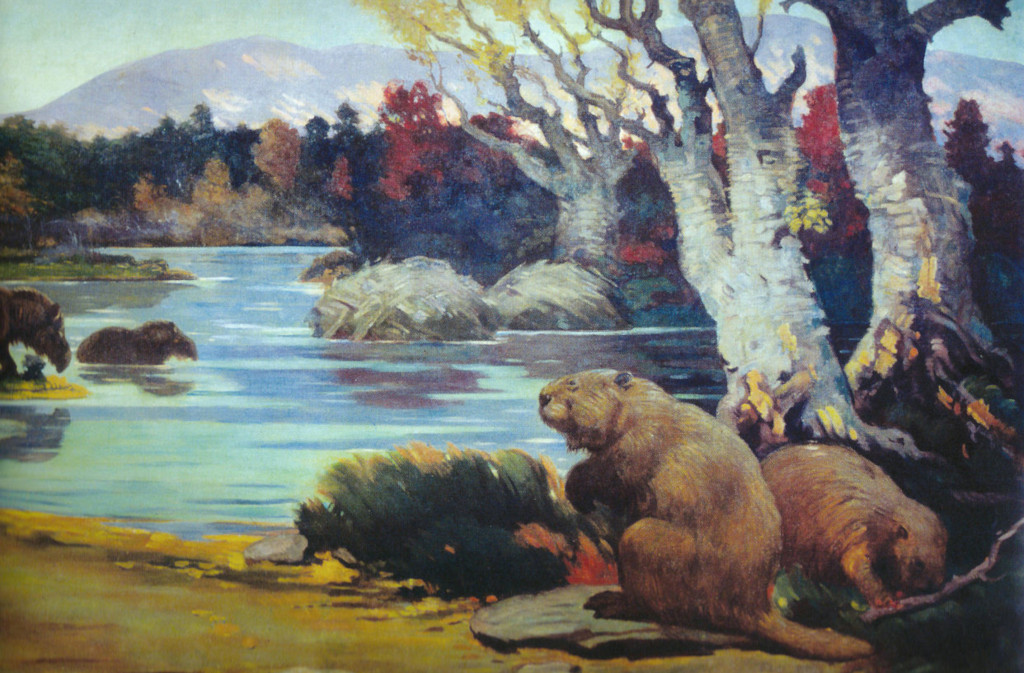Scientists reconstructed the evolution of beavers with the help of DNA from an extinct giant beaver.
There are currently two beaver species – the European beaver ( Castor fiber ) and the Canadian beaver ( Castor canadensis ) – both of which are tied to the water. But we know from the fossil record that millions of years ago there was a great diversity of beavers, both in water and on land. The transition from land to water probably only took place once among beavers, but there is still discussion about the precise timing of this transition. To solve this issue, scientists studied the DNA of an extinct giant beaver ( Castoroides ohioensis ).

Ancestor
This giant beaver died out about 12,000 years ago when many other large mammals also died. An international team of researchers managed to map a part of the mitochondrial DNA (a small ring-shaped DNA strand that only occurs in mitochondria) of the giant beaver. They then compared this DNA with that of the European and Canadian beaver. With the help of a molecular clock – which indicates how quickly mutations arise – it was possible to calculate when the common ancestor of the now living beavers and the extinct giant beaver lived. The analyzes indicated that this ancestor was walking around 20 million years ago.
Since the giant beaver also lived in the water, the transition from land to water took place at least 20 million years ago. This conclusion is supported by fossils from the Miocene (23 to 16 million years ago): extinct beavers of the genus Steneofiber have a primitive claw that beavers use to dry comb their fur. Whether beavers already gnawed trees 20 million years ago is still uncertain. The earliest evidence of logging beavers dates from the Pliocene (4-5 million years ago). Scientists found fossilized rodents that they assigned to another giant beaver ( genus Dipoides ). So there is still much to discover about the evolution of the beavers.